While the 2023-2024 college basketball season came to an end last night, for fans of non-tournament teams, the real season is just beginning. We see this to be the case at Georgetown as Ed Cooley has been in contact with a sizeable list of transfers. But with a recruiting dead period lasting until April 11, I figured this would be a fitting time to look at some of the biggest questions regarding the Hoyas’ approach to the portal and how they might look to answer them.
Who will fit next to Jayden Epps?
Georgetown hasn’t had a true lead guard since Markel Starks back in 2013. Terrell Allen provided a nice boost in the COVID-shortened season, and the Hoyas undoubtedly had some talent pass through its backcourt in the past decade with players such as D’Vauntes Smith-Rivera and LJ Peak, but the program has missed a true floor general for some time.
As the go-to guy on this past season’s Georgetown squad, it became increasingly clear that Jayden Epps is at his best filling the shooting guard position, creating shots and knocking down threes. While Epps’ knack for getting to the basket and finishing through traffic is perhaps his best trait, to prevent Epps from being a do-it-all guy, Ed Cooley & Co. needs a point guard to get him the rock.
Therefore, it comes at no surprise that Georgetown is targeting a guard who doesn’t need the ball in his hands to be an effective playmaker – someone with excellent passing vision and a high basketball IQ. Size is a plus, especially in a conference as physical as the Big East, but I’d argue the biggest factor is volume. But with just one ball on the court, the argument that there are “too many cooks in the kitchen” comes at you fast. So, who fits the mold of that lead guard the Hoyas are searching for?
After Michigan transfer Dug McDaniel committed to Kansas State and Penn transfer Tyler Perkins is rumored to be leaning toward Villanova, one name the Hoyas are rummored to be pursuing heavily is Harvard transfer Malik Mack.
On the surface, Mack makes a ton of sense. As the Ivy League Rookie of the Year, Mack posted a 33.3% assist rate (second among all freshmen nationally) along with a solid 35% three-point shot. He’s not undersized at 6’1” and 170lbs, and I believe would be an excellent fit next to Epps, as the two could help the other not have to shoulder the burden of running the entire offense, which both did this year at their respective schools.
Additionally, look for the staff to add a veteran point guard to play a backup role, but filling that spot may take some time as they look to fill more pressing holes first.
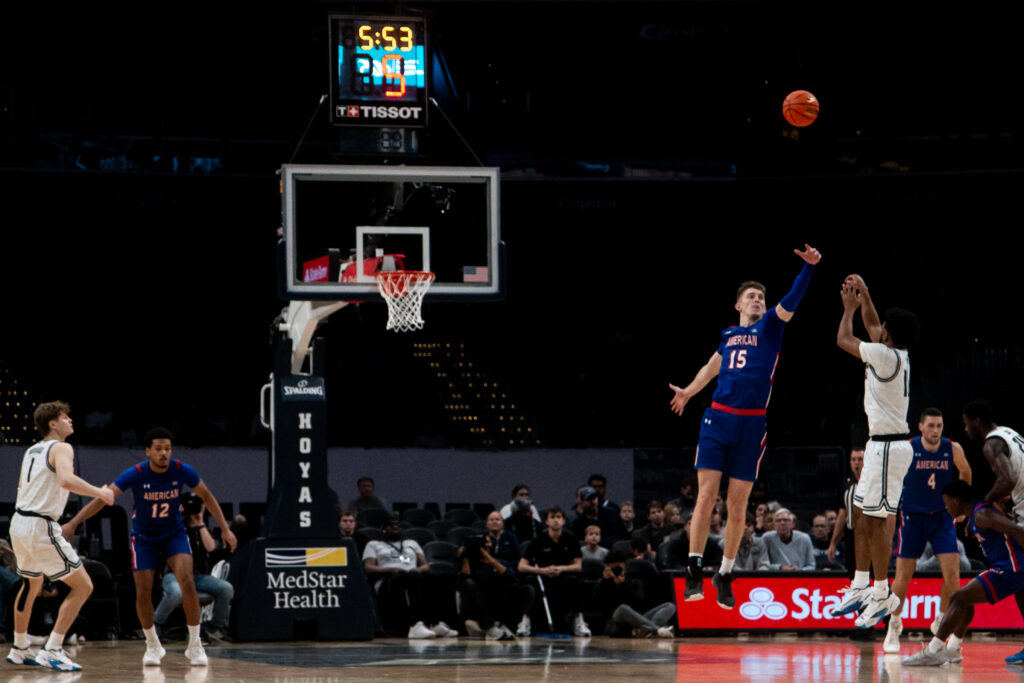
Who plays in the frontcourt?
Perhaps the biggest question asked about Georgetown’s approach to the transfer portal is: what on earth is the plan in the frontcourt?
Georgetown currently has three players in its frontcourt with senior Supreme Cook, sophomore Drew Fielder, and the highly touted incoming freshman Thomas Sorber, but the Hoyas severely lacked an interior defensive presence last season. While Cook showed prowess on the glass and in his offensive game as the season progressed, he is not the rim protector Georgetown needs to be competitive. Rightfully so, the staff is prioritizing a starting center in the portal.
With that in mind, it begs the question of what the rotation will look like. Let’s assume for a minute that Ed Cooley reels in a center to start next season and Supreme Cook assumes a bench role so there will be at least 10-15 MPG to divide between Sorber and Fielder. While the physicality of the Big East makes it difficult for freshman bigs to make immediate meaningful impacts, Sorber is talented enough to earn some (if not most) of that playing time. Ideally, Fielder reasserts himself at the 4, but we saw that he was more effective as a center. There is still a possibility that Cook takes an extremely limited role or transfers altogether, giving the underclassmen more of an opportunity.
At this stage, although he didn’t do it much last season primarily due to depth concerns, I expect Drew Fielder to move up to the 4 spot, as he has the ability to stretch the floor unlike any other big on the roster. While there are athletic concerns, I think Fielder’s length and perimeter ability would still be a plus next to a more traditional rim protector and in the future he could slot in very well next to Sorber. For the time being, that leaves Cook and Sorber to compete as the primary backup 5, which could be anyone’s game.
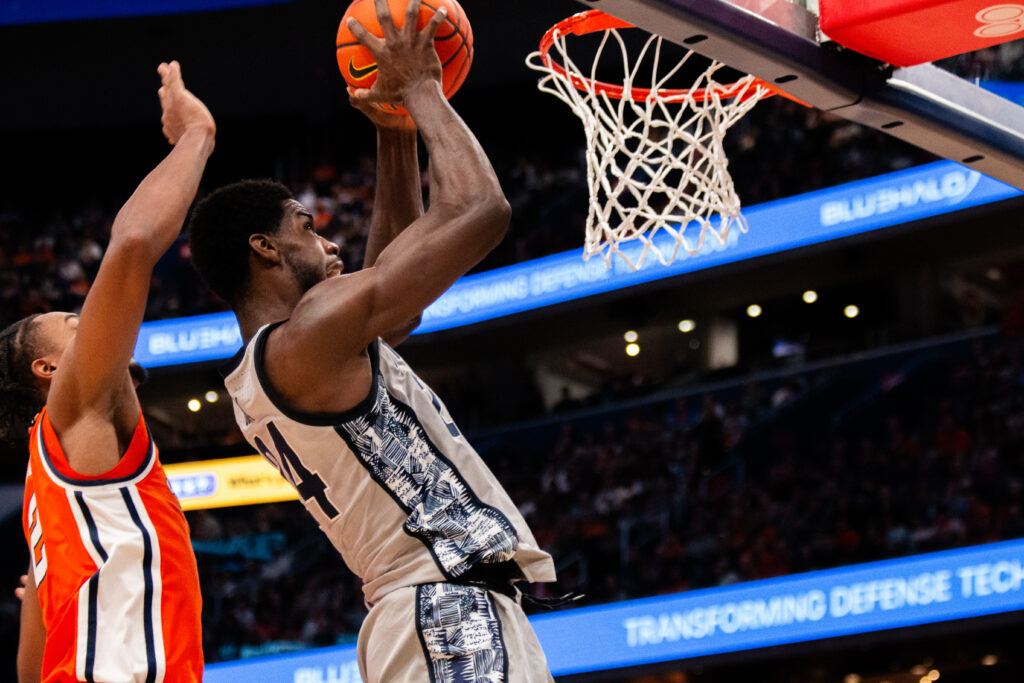
What kind of role will the freshmen play?
In general, I’m of the opinion that freshmen cannot be relied on to win championships. That’s not to say that you can’t win games with freshmen nor that they shouldn’t start/see expanded minutes, but the most successful teams in the country largely feature veteran players that are then complemented by freshmen. Even before his time at Providence, we saw Ed Cooley build his best teams around veterans.
With that being said, Georgetown has some legitimate talent in its 2024 recruiting class, which ranks #1 in the Big East and #17 in the nation, per 247Sports, even with redshirt freshman Drew McKenna being considered part of the 2023 class. Sorber, Kayvaun Mulready, Drew McKenna, and Caleb Williams all project to be contributors on the Hoyas’ squad next season, the only question being how much?
As things stand, Mulready appears to be primed to slot in behind Jayden Epps at the two, and McKenna and Williams are likely to split minutes behind Dontrez Styles. As mentioned above, the role of Sorber at this stage seems the least clear, but I would be stunned if the freshman big man doesn’t carve out a serious role on this team by the time they reach conference play. He’s just that talented.
Moreover, as a spring enrollee, Drew McKenna got an extra semester of practice and weight-lifting with the program, undoubtedly accelerating the timeline of how quickly he can make an impact for the Hoyas. This freshmen class will undoubtedly provide Ed Cooley with depth he did not have in Year 1 on the Hilltop, typically only playing eight players once the team got into conference play.
Caleb Williams’ father recently hopped into our spaces on Twitter to talk about this incoming freshmen class and the impact they’ll have next season.
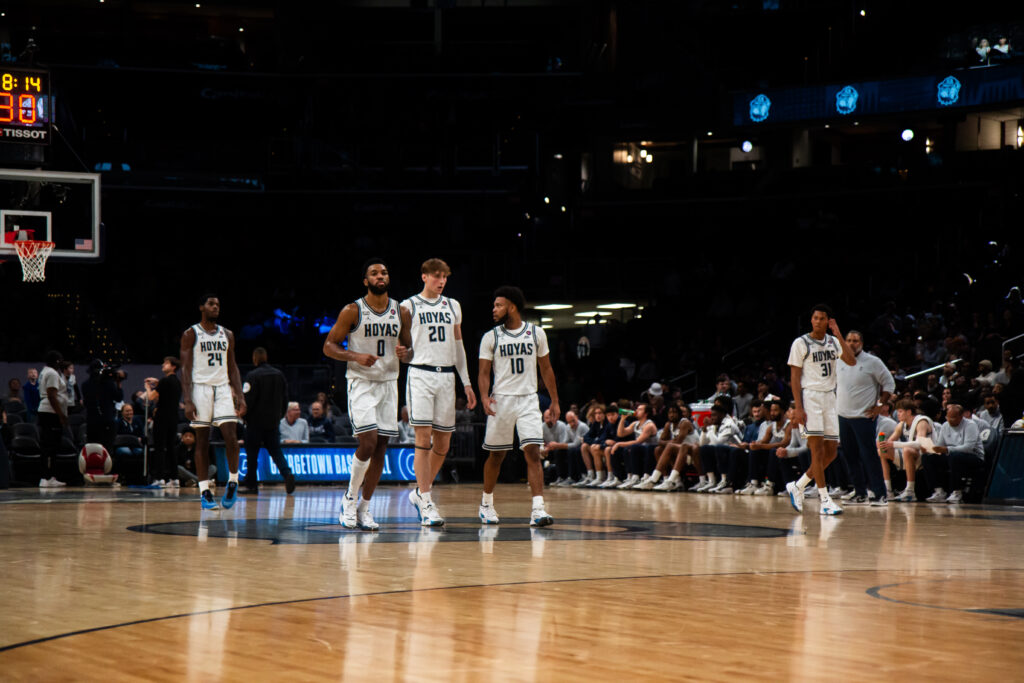
Defense, Defense, Defense!
Defense, like, the thing that wins championships? Ah yes, that old thing! While that end of the floor that has largely been neglected by Georgetown teams since the end of the JT3 era, it feels like we’ve been begging for semi-competent defense on the Hilltop since the Stone Age. So naturally, that brings us to another frequently asked question this PortalSZN: can Georgetown just recruit the best defenders and athletes available? The answer, in theory, is yes, but if it were that simple the problem would’ve been fixed a long time ago. Hell, it wouldn’t have ever been a problem in the first place.
In the modern era of college basketball, you ideally want players who can guard up and down positions, especially off high ball screens and when playing a more commonplace five-out offense. Finding guards who are excellent communicators and forwards who don’t shy away from posting up when asked is difficult, no question. With that, the priority of Georgetown’s current staff has to be finding positionless defenders to join the core of returning players, only one of whom is a plus defender (Drew Fielder).
Guys like Micah Peavy and Chris Manon fit the bill nicely in the wing spot, both of whom were their respective team’s best defenders this past season. Although Cooley’s pursuit of Manon has seemingly subsided in recent weeks, Peavy is a name to watch going forward. At the center spot, while the options are much less plentiful, it may be beneficial to find a dominant defender that doesn’t garner high usage to slide into this roster that should be laden with high-volume guards and wings. Tarris Reed and former Cooley target Ugonna Onyenso (who is yet to enter the portal, but is heavily rummored to do so) check the boxes as proven high major interior defenders who could very easily slot into a low-volume role.
Ultimately, while Georgetown’s defense was abysmal this past season, the bottom line is a more talented and deeper roster will result in a more efficient defense. After finishing with the worst defense in the Power 6, the bar for improvement next season on that end of the floor can’t get much lower, so adding a few capable defenders will go a long way.
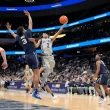
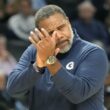
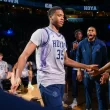
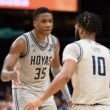
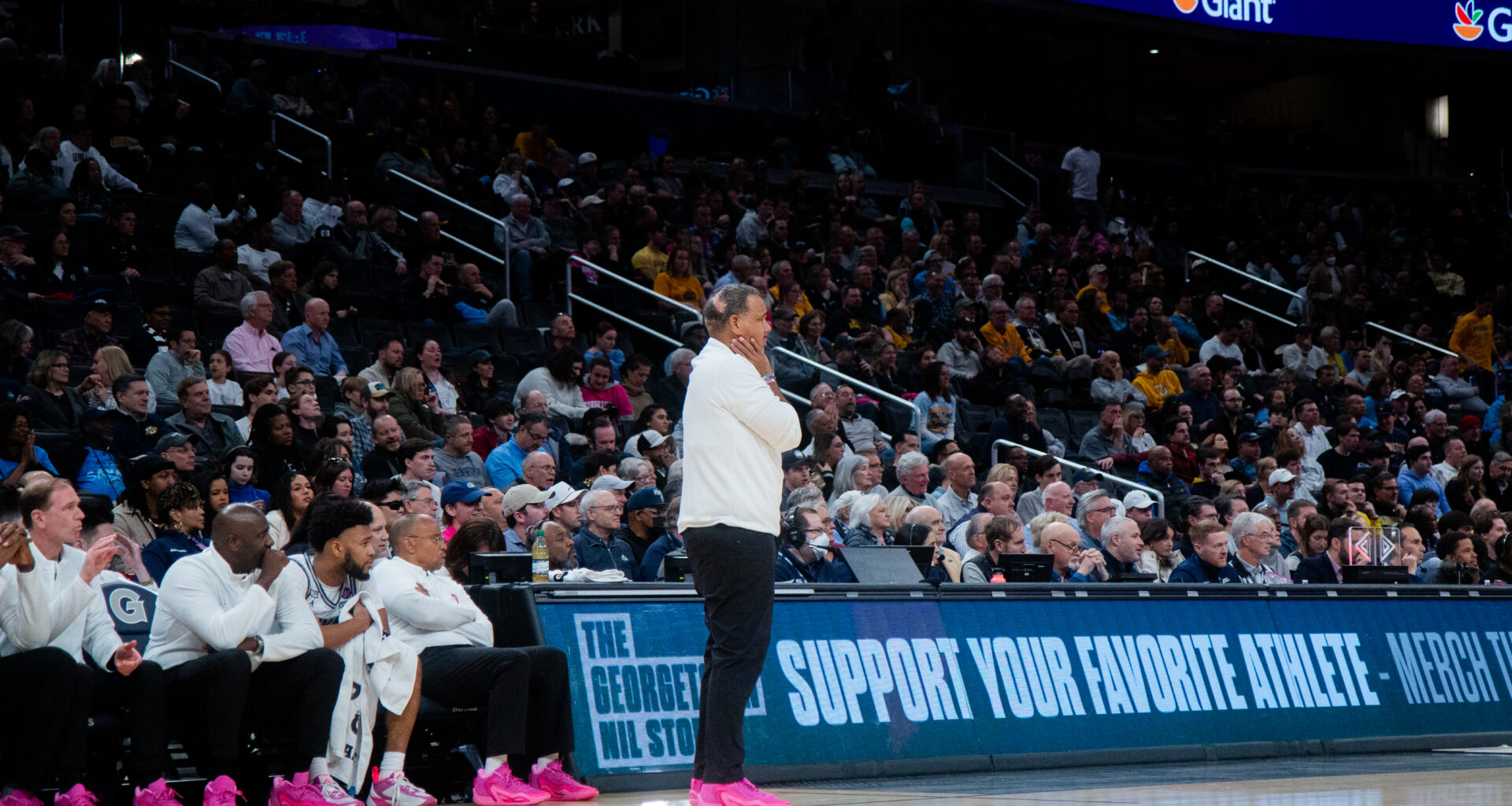
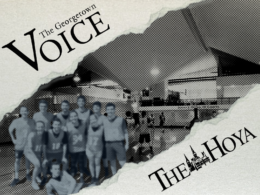

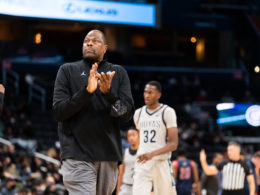
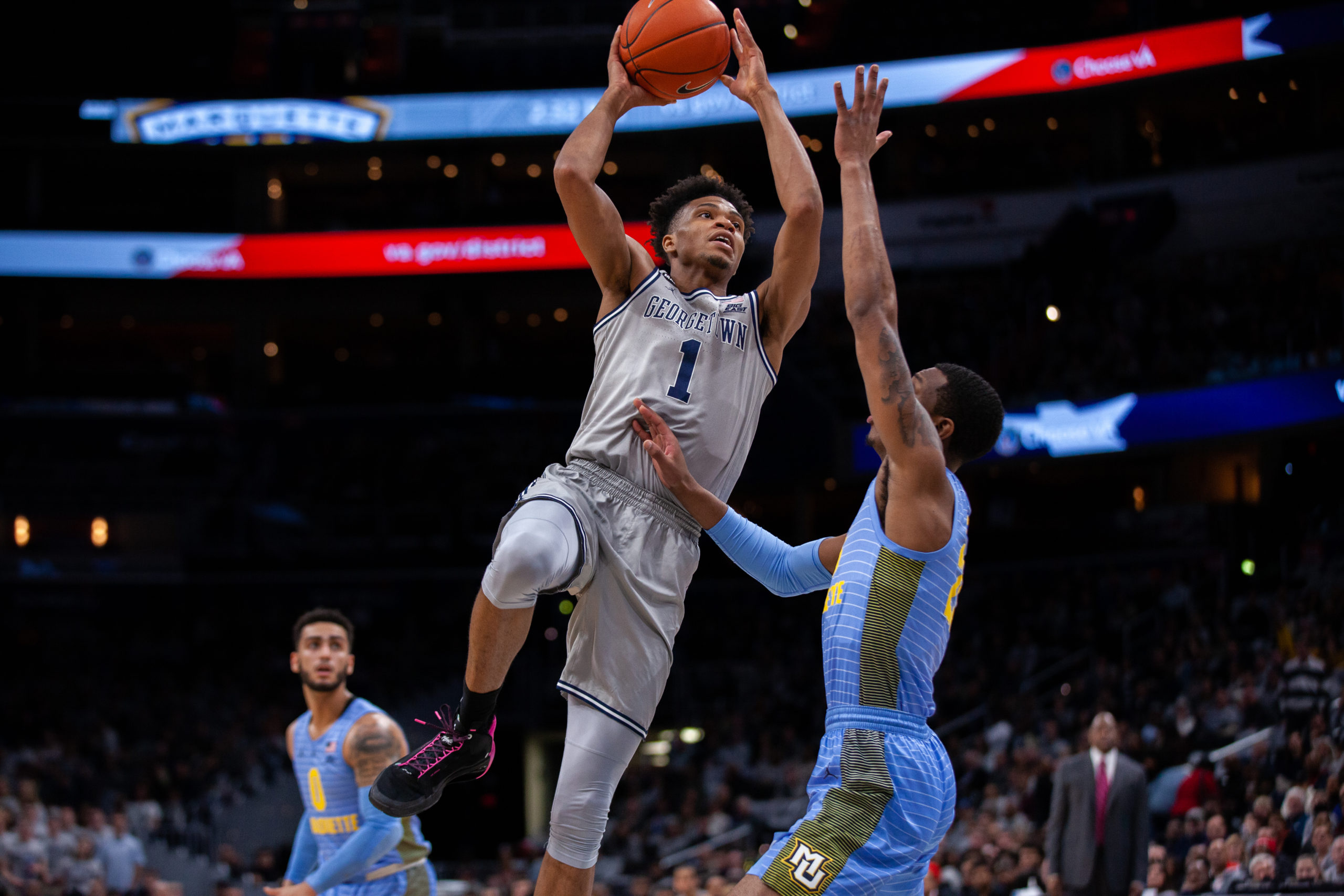
This is quality portal information. I believe Peavy and the kid from Purdue; whom just entered the portal would strengthen G-town’s defense tremendously.
Thanks for the insights — very enjoyable. Makes me hopeful for the portal session and summer ahead.